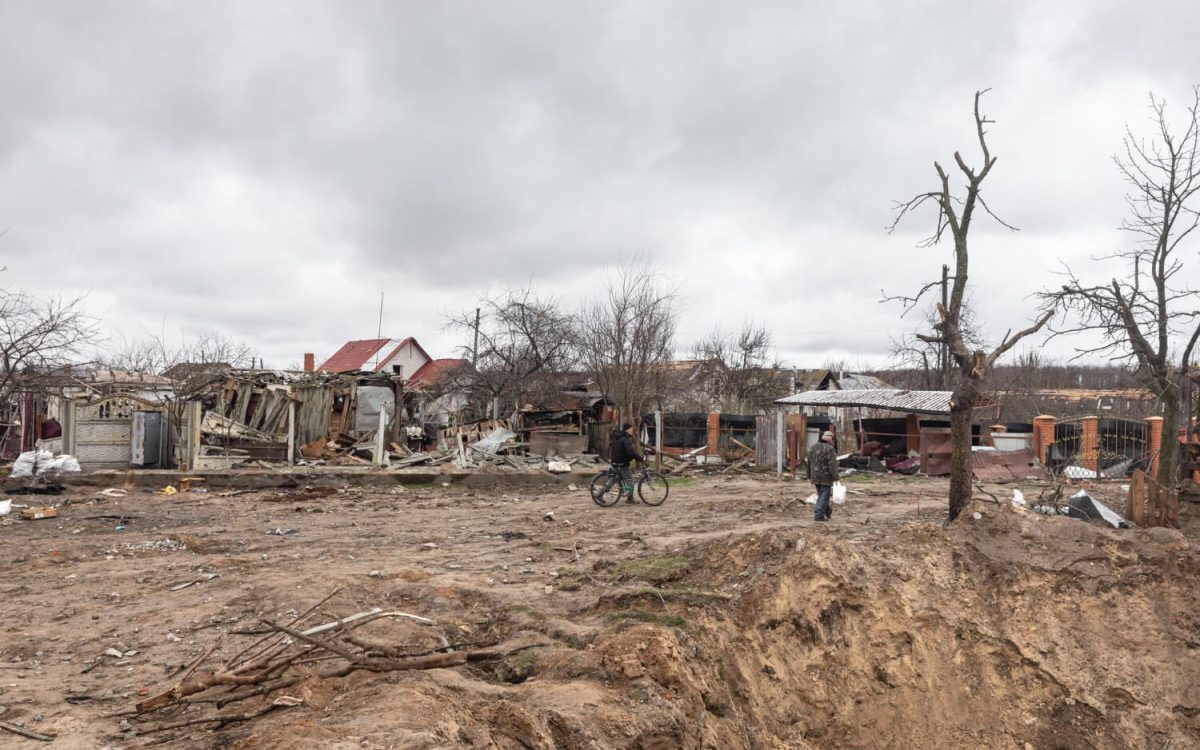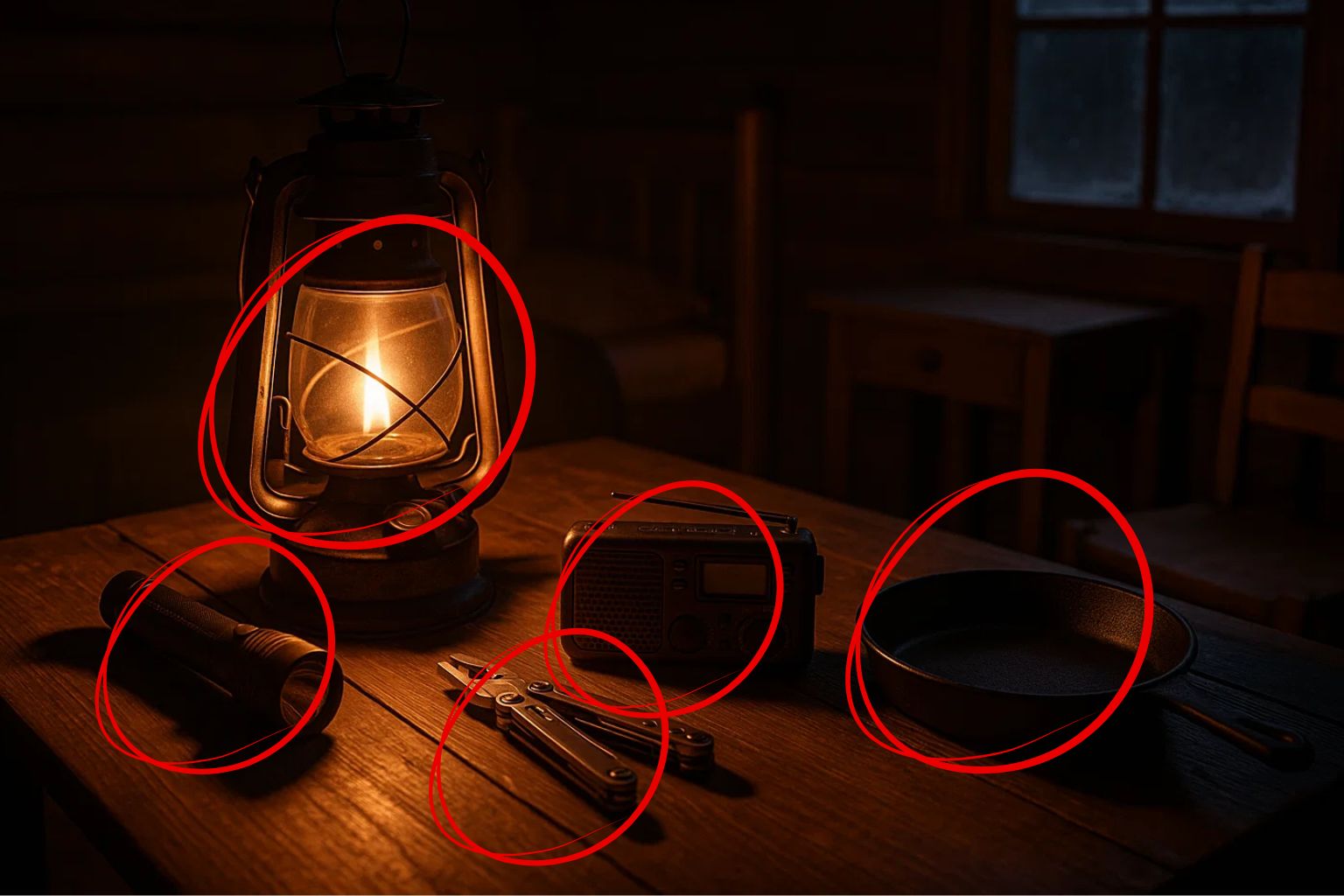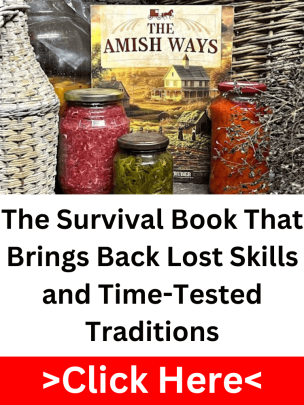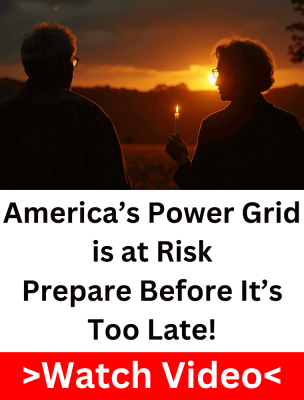History has this nasty habit of sneaking up on us. Just when we think certain disasters are long gone, they have a way of reminding us they’re still very much possible. Fires that swallowed whole towns, explosions that wiped out neighborhoods, and even bizarre disasters like floods of molasses, might sound like stories from another time, but they could happen again, plain and simple. Sure, the world’s changed a lot, but the same deadly mix of nature’s power, human mistakes, and plain old neglect is still with us today. What caught people off guard back then can just as easily catch us now. The faces and places might be different, but the threat stays the same.
That’s exactly why anyone serious about preparedness keeps one eye on the past. These forgotten American disasters aren’t just old headlines, they’re full of survival lessons from forgotten disasters that are just as sharp today as they were back then. They’re painful reminders of what happens when we let our guard down and trust that someone else has it all under control. If you’re committed to historical disaster preparedness, it’s not about curiosity, it’s about survival. Let’s take a good, hard look at these overlooked events and pull out the real-world lessons that can help us stay one step ahead when things go sideways.
And here’s something easy to overlook: history gives us something no piece of modern gear ever can, perspective. You can have the best bug-out bag money can buy, but if you don’t understand how fast disasters unfold, or how small decisions spiral into chaos, you’re still vulnerable. The people who lived through these disasters never thought it would happen to them either. So let’s not make that same mistake. Learn from their experiences, not your misfortune.
The Peshtigo Fire
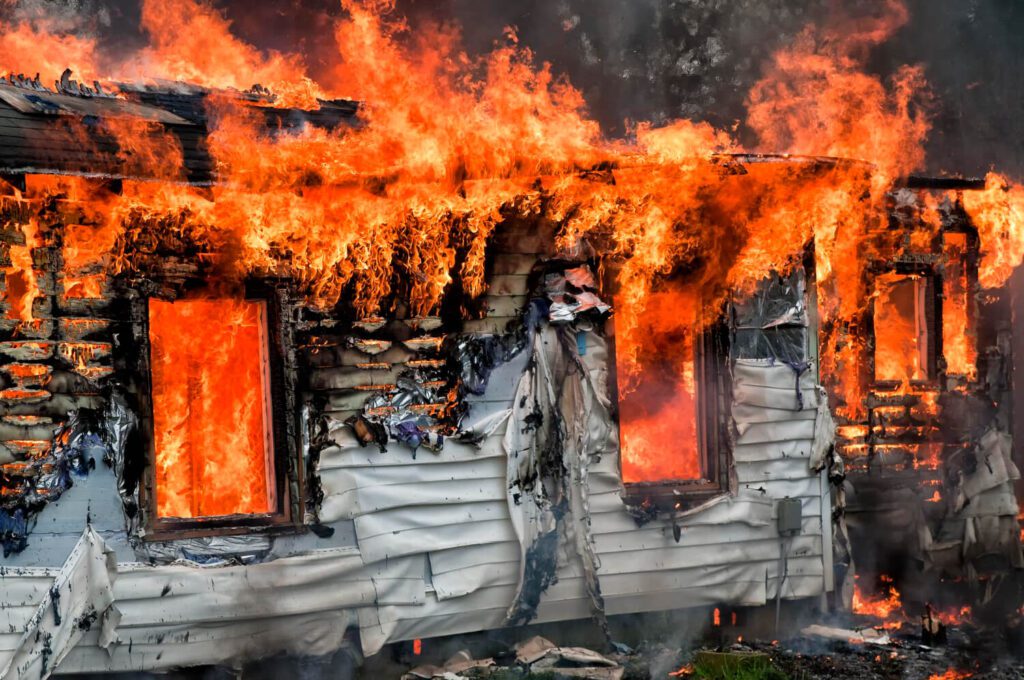
Most people have heard of the Great Chicago Fire, but what they probably don’t realize is that, while that was burning, something far worse was happening up in Peshtigo, Wisconsin. What started as a typical day ended with the whole town swallowed by a firestorm so intense it created its wind. Over 1,500 people died in just hours. The flames moved so fast, that folks barely had time to grab their loved ones, let alone run. Some didn’t even make it out the door. The heat got so extreme, that it whipped up tornadoes made of fire. Think about that for a second, tornadoes of fire. There was no fighting it. No chance.
So, how did it all go so wrong? It was the kind of deadly combo we still see today: dry weather, people burning fields to clear land, and strong winds at just the wrong time. Those little fires spun out of control in no time flat. Sparks were flying through the air like rain, catching rooftops and trees, and before anyone knew it, the whole town was burning to the ground. Peshtigo never stood a chance, and it’s a brutal reminder that when nature decides to come after you, it doesn’t wait for permission.
Other Article: 7 Natural Antibiotics Every Prepper Should Stock Now
If there’s a lesson here, and there sure is, it’s that you never, ever underestimate fire. Even if you’re not living out in the forest, fire risks can come out of nowhere. Make sure you’ve got a go-bag ready to grab at a moment’s notice. Know your escape routes and don’t just know them, practice them. Walk them, drive them, know them like the back of your hand. That’s not paranoia, that’s just smart emergency preparedness. Because fire won’t give you a second chance to figure it out.
The Great Molasses Flood
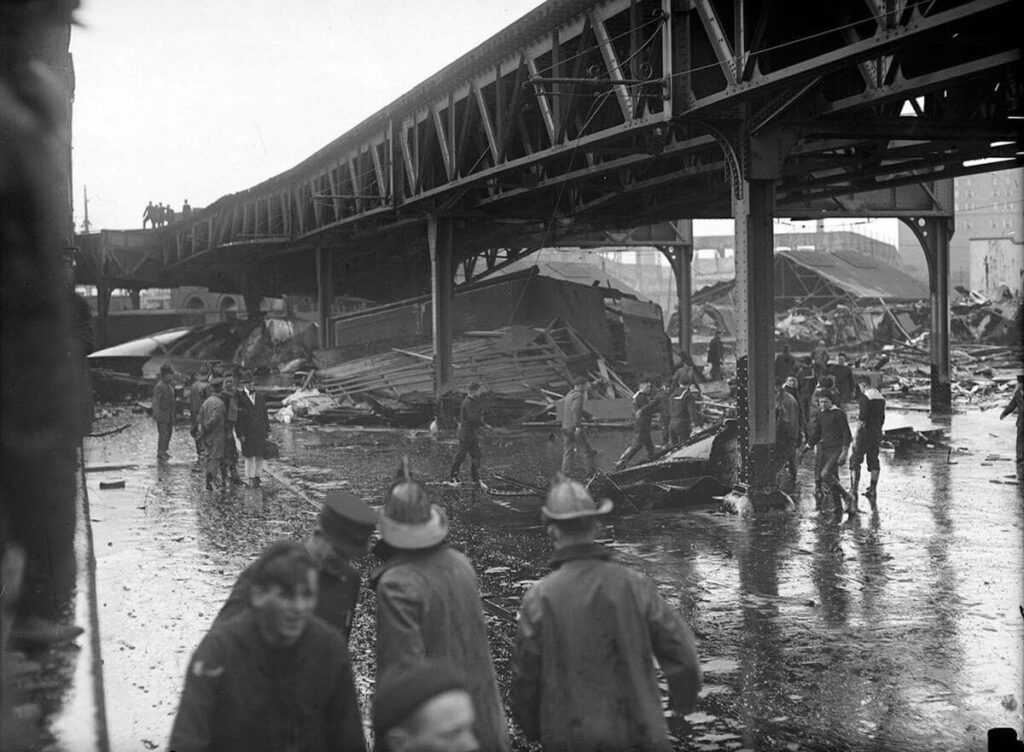
Nobody in Boston’s North End could’ve guessed that an ordinary day in January 1919 would turn into something out of a nightmare. Sitting quietly in the neighborhood was a huge steel tank filled with over two million gallons of molasses. It had been there for years, and folks hardly gave it a second thought. But then, without much warning, the tank burst wide open. A wall of thick, sticky syrup, twenty-five feet high, came crashing through the streets at over 30 miles per hour. Buildings crumbled, people were swept away, and by the time it finally stopped, 21 lives had been lost, with around 150 more injured. Cleanup took weeks, and they say you could still catch the sweet, heavy smell of molasses long after the streets were cleared.
What makes this even more chilling is how invisible the danger had been. That tank was part of the background, something people lived with every day without a second glance. But poor construction and neglect turned it into a disaster waiting to happen. It’s a hard lesson in how threats often hide right in plain sight. Part of staying sharp with historical disaster preparedness is knowing your surroundings inside and out. Don’t assume that just because something looks sturdy or has been around forever, it’s safe. Situational awareness isn’t just a buzzword, it’s a skill that can save your life when the unexpected hits.
The Texas City Explosion
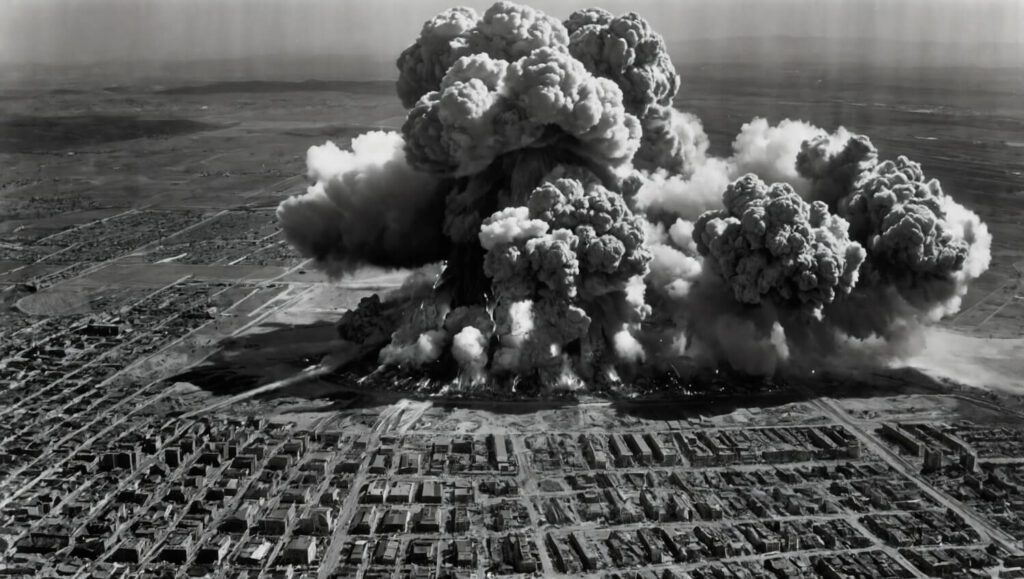
Danger has a nasty way of building quietly until the moment it blows everything apart. That’s exactly how things unfolded in Texas City in 1947. A cargo ship packed with over two thousand tons of ammonium nitrate sat at the docks, a floating time bomb hiding in plain sight. When a small fire sparked onboard, most people thought it was just another workplace hazard, something that could be handled. But few realized how unstable that chemical cargo truly was. Moments later, the ship exploded with a force so powerful it leveled buildings, shook homes miles away, and killed nearly 600 people in a heartbeat. Fires ripped through the port, catching nearby tanks and ships, as the destruction spread like wildfire.
What made this tragedy even worse was the lack of understanding about the risks right in the community’s backyard. There were no clear warnings, and safety standards at the time were almost nonexistent. Hazardous materials were stored dangerously close to neighborhoods, and by the time anyone realized the true threat, the chain reaction was unstoppable.
Other Article: Bugging Out vs Staying Put: Which One Will Keep You Alive?
Here’s the lesson every prepper needs to take seriously. If you care about survival strategies from history, you have to know what’s around you. Chemical plants, freight lines, and storage tanks, all carry risks that can go from routine to deadly in moments. Take time to map out evacuation routes, learn what’s stored nearby, and build a plan for industrial accidents. The Texas City explosion proves that when you’re caught off guard, the damage can come fast and without mercy.
The Silver Bridge Collapse

There’s a certain comfort in everyday routines, crossing the same bridge to work, driving familiar roads, and trusting the things built around us to hold strong. But back in 1967, that quiet trust was shattered when the Silver Bridge, spanning the Ohio River between West Virginia and Ohio, gave way without warning. What seemed like just another busy day ended in disaster as cars and trucks dropped into the freezing water below. In total, 46 lives were lost, all because of a single, unseen flaw in the bridge’s steelwork that had been slowly weakening over time.
The harsh truth is, that our surroundings can lull us into a dangerous sense of security. Bridges, highways, even dams, they aren’t invincible. A big part of emergency preparedness lessons is recognizing that the systems we rely on every day are only as strong as their weakest part. Take a closer look at the structures in your community. If you notice signs of decay, report them. But more importantly, never depend entirely on public systems for your safety. Building self-reliance means understanding that collapse, sometimes, is just one hidden crack away.
Donora Smog
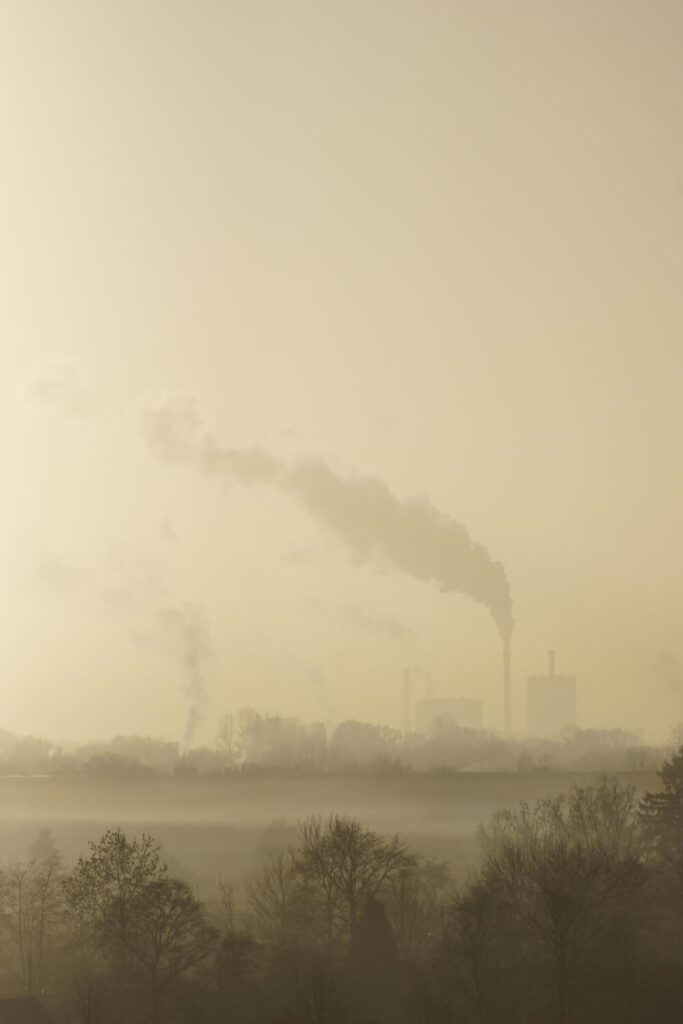
It started like any ordinary stretch of days in Donora, Pennsylvania. Factory smoke drifted through the town as it always did, part of the normal backdrop of daily life. But then, the air stopped moving. A strange, stubborn weather pattern trapped the pollution close to the ground, and as each day passed, the haze thickened into a choking smog. People noticed their chests tightening, and their breathing growing harder, but many stayed put, trusting it would clear. It didn’t. Before long, the smog turned deadly, twenty people lost their lives, and thousands more were left with lingering health problems. Without fire, without flood, the air itself became the threat.
There’s a tough lesson here for anyone serious about historical disaster preparedness. Air quality can shift from a mild concern to a life-threatening crisis faster than most folks realize. If you live near factories, busy highways, or wildfire-prone areas, it’s not enough to hope for clear skies. Keep an eye on pollution alerts, have reliable air filtration at home, and make sure you know how to shelter in place if the situation turns bad. Waiting for someone else to warn you is a gamble. In survival, the safest bet is always to stay ahead of the threat.
It’s tempting to brush off these old disasters as something that belongs in a history class, but they’re more than just stories from the past. These forgotten American disasters were real wake-up calls, and they’re still sounding the alarm for anyone paying attention today. Fires that move faster than you can run, chemical blasts that wipe out whole neighborhoods, toxic air that turns your home into a death trap, it’s all still possible. The difference is, we’ve seen it before. And if we’re smart about it, those past tragedies can give us the edge to spot the danger signs before they hit full force.
Here’s the bottom line: these survival lessons from forgotten disasters aren’t just history, they’re a playbook for staying ahead of trouble. Keep your eyes open for the risks right in front of you, and don’t get caught off guard by the ones you don’t see coming. Build your plans to handle both, because danger rarely announces itself. If we respect the lessons of the past and stay sharp in the present, we give ourselves the best shot at making it through whatever’s waiting down the road.

